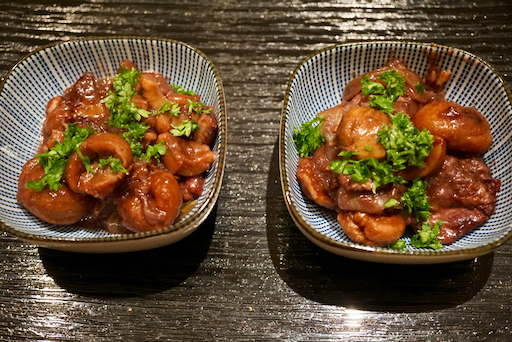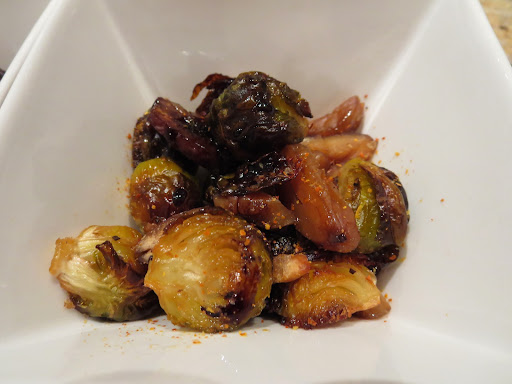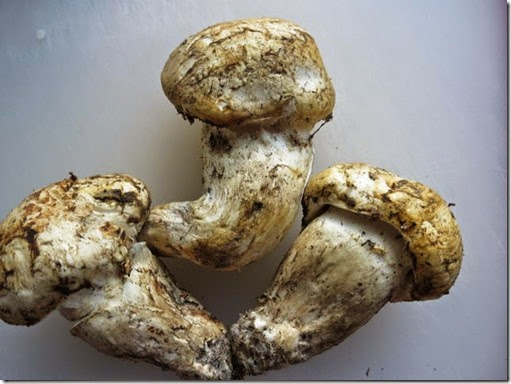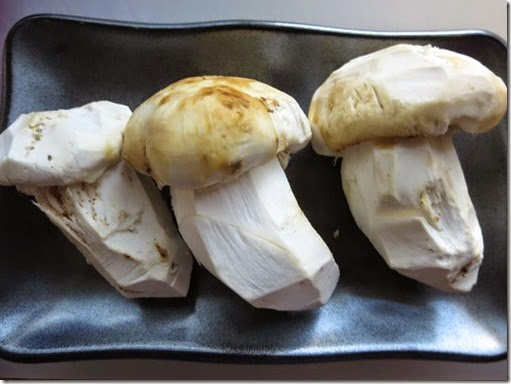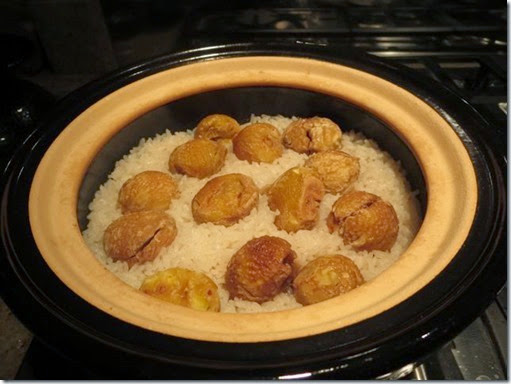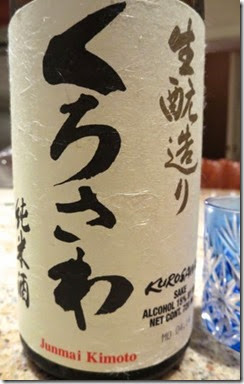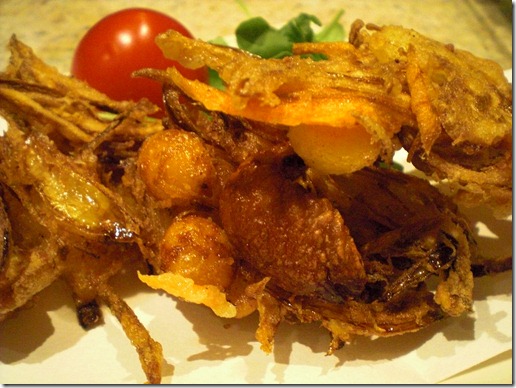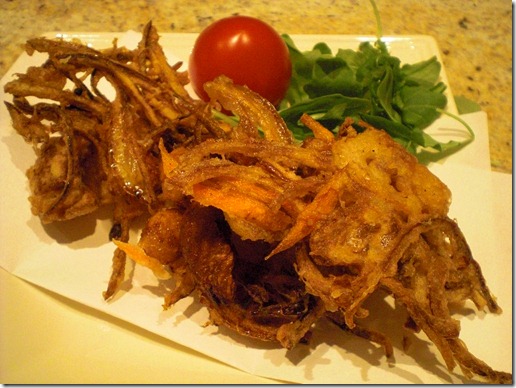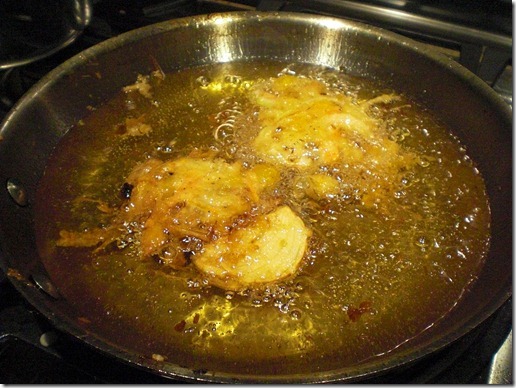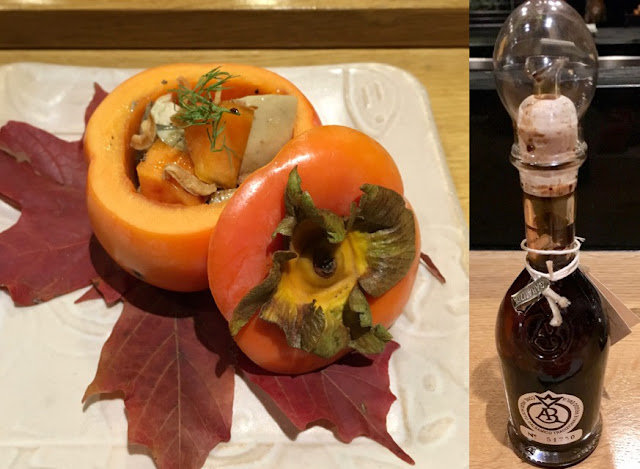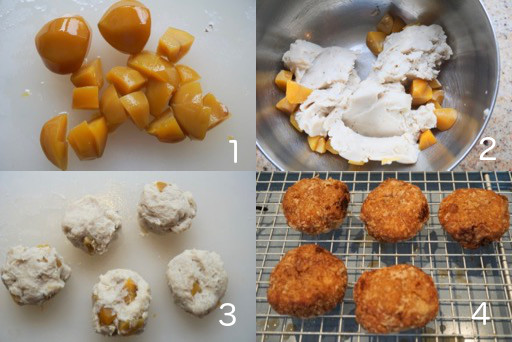In the
Sushi Taro Osechi, we always get two traditional New Year items "kuromame" or simmered black beans 黒豆 and "kurikinton" or mashed sweet potato with chestnuts 栗きんとん. Although these are traditional "auspicious" foods for New Year, they are a bit sweet and we usually eat them last as a dessert. This year I wanted to do something different. From the leftover "kuromame", we made "g
reen tea cake with kuromame" 黒豆入り抹茶ケーキ as before. As something new, I made "
daikufu" 大福餅 with "kurikinton" in the center for the first time. Diafuku literally means "Big luck" or "good luck" and usually has sweet red beans or "anko" あんこ in the center. I thought because the "kurikinton" was yellow in color (representing gold or riches) and sweet (in the old days in Japan sugar was rare so anything sweet was revered), it was appropriate to substitute for the beans with good-luck "kurikinton". I also added cooked chestnuts (store bought). It turned out the kurikinton had a generous amount of chestnut pieces as well so the addition of the chestnuts was not really needed but made the end result more sumptuous. Although it was the very first time I tried to make daifuku it turned out OK. I followed the instructions from a
recipe on line (in English with a video).
This is the cut surface. My wife thought the mochi skin could have been a bit thicker.
Ingredients: (I halved the amounts specified in
the original recipe. It made 5 daifuku)
Kurikinton (came in the osechi box) (#2)
Additional cooked chestnuts (
store bought in a jar*) (#1)
100gram
Mochi-ko もちこ Japanese rice flour (or
Shiratama-ko 白玉粉)
90 grams water
25 grams sugar
50 grams or as needed potato starch 片栗粉 for dusting
* I did make
chestnuts cooked in syrup 栗の甘露煮 this past fall. They came from California but they were dry and chalky. I tasted them and decided to use the store bought instead).
Directions (near Verbatim quote from the
"Just One Cook book" recipe for my own convenience, please look up the original recipe):
1. Combine mochiko and sugar in a medium bowl and whisk all together.
2. Add water and mix well until combined.
3. Cover the bowl loosely with plastic wrap. Cook in a microwave on high heat (1100w) for 1 minute. Take it out and stir with wet rubber spatula. Cover again and cook for 1 minute. Stir again, cover, and cook for 30 seconds to finish cooking. The color of mochi should change from white to almost translucent.
4. Cover the work surface with parchment paper and dust it generously with potato starch. Then transfer the cooked mochi on top.
5. To prevent from sticking, sprinkle more potato starch on top of the mochi. Once it’s cools down a bit, using a rolling pin roll the mochi into a thin layer. Apply potato starch on your hands and the rolling pin.
6. Transfer the mochi with parchment paper onto a large baking sheet. Refrigerate for 15 minutes until the mochi is set.
6.Take the mochi out of the refrigerator and cut out 2-3 inch circles with a cookie cutter (#3).
7. Dust off the excess potato starch with a pastry brush. Place plastic wrap on a plate and then the mochi wrapper on top. Then lay another layer of plastic wrap down. Repeat for all wrappers (#4).
6. Place the chestnut and kurikinton in the middle (#5)
7. Pull up the edges in the center and pinch it together (#6).
For my first try, the mochi skin came out quite soft and nice. The Daifuku had just the right amount of sweetness and combined texture of soft and crunchy. This is a good Daifuku variation.

















